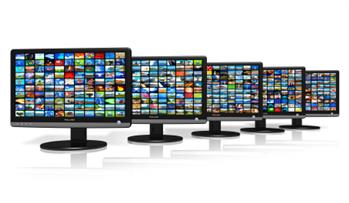Children have easier access to a wide range of electronic devices for viewing TV, from smartphones and tablets to smart TVs and video gaming consoles. As a parent, you need to ensure you know exactly what your child is watching and take steps to limit the amount of time they spend watching videos and television each day.
- Spend time watching programming with your child. Watch an episode or two of your child’s favorite programs to ensure they are age appropriate.
- Enable password protection on TVs and other devices. Requiring a password will let you know when your child wants to view programming and allow you to decide if they can.
- Enable parental controls on TVs using the TV remote, as well as other devices, to block programming. Most TVs and devices have parental controls you can use to limit the programming your child can view based upon their age.
- Utilize ratings and preview programs beforehand. Take the time to check the rating on a new program, and watch an episode without your child to see if it is appropriate.
- Create a TV viewing schedule. Watching TV should be a privilege and not something your child should expect they can do as long as they want, every single day.
- Find fun activities, games, and arts and crafts for your child to enjoy. There are plenty of things your child can be doing instead of sitting in front of the TV, from afterschool sports programs to family night board games.
By taking time to monitor and manage your child’s television viewing habits, not only do you have better control over what they watch, but you also ensure they are using their free time for a wide range of activities. If you need a new remote to access parental controls or set passwords on TVs and related devices, contact ReplacementRemotes.com today at 1-855-5-REMOTE (1-855-573-6683).








